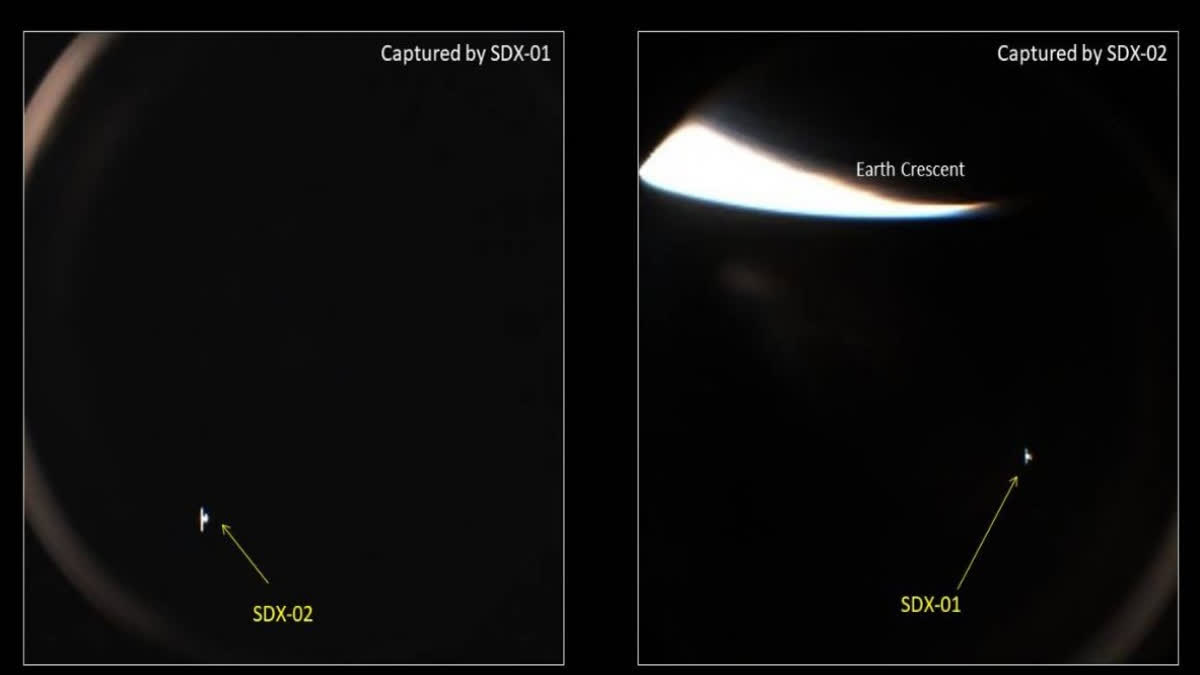New Delhi: The two satellites launched to perform space docking experiments were brought within three metres and then moved safely back in a trial attempt, ISRO said on Sunday. The space agency added that the docking process will be done after analysing data further.
"A trial attempt to reach up to 15 m and further to 3 m is done. Moving back spacecrafts to safe distance. The docking process will be done after analysing data further. Stay tuned for updates," ISRO said in the latest update.
SpaDeX Docking Update:
— ISRO (@isro) January 12, 2025
A trial attempt to reach up to 15 m and further to 3 m is done.
Moving back spacecrafts to safe distance
The docking process will be done after analysing data further.
Stay tuned for updates.#SpaDeX #ISRO
The SpaDeX mission, launched on December 30, aims to demonstrate in-space docking using small spacecraft.
The PSLV C60 rocket carrying the two 220-kilogramme satellites lifted off from the Satish Dhawan Space Centre in Sriharikota, with the spacecraft placed into a 475-kilometre circular orbit.
A successful demonstration of the SpaDeX will make India the fourth nation to master the complex technologies that are crucial for its future missions, such as the Bharatiya Antariksh Station and landing an astronaut on the moon.
SpaDeX mission is a cost-effective technology demonstrator for the demonstration of in-space docking using two small spacecraft launched by PSLV. This technology is essential for India's space ambitions such as India on the Moon, sample return from the Moon, and the building and operation of Bharatiya Antariksh Station.
SpaDeX Docking Update:
— ISRO (@isro) January 12, 2025
SpaDeX satellites holding position at 15m, capturing stunning photos and videos of each other! 🛰️🛰️
#SPADEX #ISRO pic.twitter.com/RICiEVP6qB
In-space docking technology is essential when multiple rocket launches are required to achieve common mission objectives. Through this mission, India is marching towards becoming the fourth country in the world to have space docking technology.
The primary objective of the SpaDeX mission is to develop and demonstrate the technology needed for rendezvous, docking, and undocking of two small spacecraft (SDX01, which is the Chaser, and SDX02, the Target, nominally) in a low-Earth circular orbit.
The objectives also include a demonstration of the transfer of electric power between the docked spacecraft, which is essential for future applications such as in-space robotics, composite spacecraft control, and payload operations after undocking. (with agency inputs).



